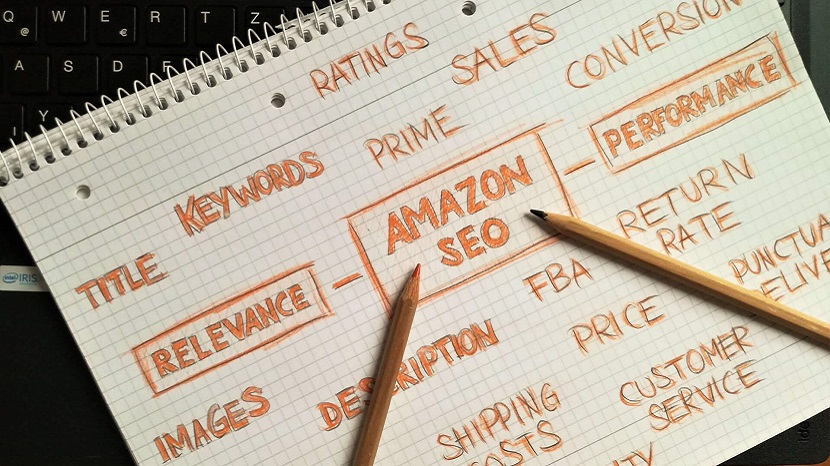
Building a brand that resonates with your audience and stands out in a competitive market is challenging but essential. A well-defined brand does more than attract attention; it creates trust, fosters loyalty, and drives conversions.
However, many businesses struggle to achieve this, especially in crowded industries where differentiation is key. This guide will break down the strategies and elements that go into building a brand that stands out and converts effectively.
Whether starting from scratch or looking to refine your current strategy, the actionable steps here will help you build a brand that performs in any market.
Understanding Brand Conversion in Competitive Markets
1. Why Some Brands Thrive While Others Fail
Not all brands succeed, and often, the reasons are clear. Brands that fail typically lack a clear identity or fail to connect with their audience emotionally. Without a unique proposition or consistent messaging, businesses struggle to build trust.
Conversely, successful brands understand their audience deeply. They create experiences, not just products, and focus on solving specific problems. This connection drives customer loyalty and conversion.
2. Key Factors That Drive Brand Conversion
A brand that converts prioritizes emotional engagement, authenticity, and a strong value proposition. These factors create trust and make it easier for customers to choose your brand over competitors. Consistency in delivering on promises is also vital to sustaining conversions over time.
Core Elements of a High-Conversion Brand
1. Crafting a Clear and Compelling Brand Message
A clear brand message tells customers who you are, what you do, and why you matter. It eliminates confusion and helps potential customers quickly see the value you offer.
For example, brands like Apple focus on innovation and simplicity in their messaging. This clarity helps them stand out and attract a loyal customer base.
2. Designing for Impact: Visual Identity
Your logo, color scheme, and overall design should reflect your brand's personality and appeal to your target audience. A well-designed brand identity doesn’t just look good—it builds recognition and trust.
Consistency in design across platforms and materials ensures that your audience remembers and identifies with your brand.
3. Building Brand Trust and Authority
Building trust involves more than just providing great products or services. Customers trust brands that showcase testimonials, reviews, and case studies. Positioning yourself as an expert through content, workshops, or social proof can further establish your authority in the market.
Proven Strategies to Stand Out in a Saturated Market
1. Differentiating Through Unique Value Propositions
Standing out requires more than a good product—it demands a clear, unique value proposition (UVP). Your UVP should answer why customers should choose your brand over others.
A great UVP focuses on the specific problem your brand solves better than anyone else. For instance, a sustainable clothing brand might highlight eco-friendly materials and ethical production as its differentiator.
2. The Role of Content Marketing in Branding
High-quality content helps your brand educate, inform, and engage its audience. Blogging, social media posts, and newsletters build authority while keeping your brand at the top of your mind.
Incorporating video content into your strategy is increasingly important. Videos are highly engaging, easy to consume, and versatile. For example, explainer videos or customer stories in video format can build trust and drive conversions.
3. Growth Marketing Strategies
Sometimes, the simplest strategies are the most effective. Unconventional yet straightforward approaches can deliver results without overwhelming your audience. For instance, focusing on authentic storytelling instead of flashy campaigns can make your brand more relatable.
Simple growth strategies like A/B testing messaging or targeting niche customer segments can yield significant results. This idea aligns with the principle that Boring Marketing often drives the best growth because it focuses on clear, measurable outcomes.
Implementing Data-Driven Branding Techniques
1. Using Analytics to Understand Your Audience
Data is crucial in understanding customer preferences and behavior. Analytics tools like Google Analytics or social media insights can reveal which campaigns resonate most with your audience. These insights allow you to refine your messaging and strategies for better results.
2. A/B Testing for Branding Success
Experimenting with different visuals, messages, or calls-to-action through A/B testing can help identify what works best. A brand that continuously optimizes based on results is more likely to convert successfully.
3. Leveraging AI for Branding
AI tools are transforming branding efforts, especially in video content creation. AI-driven platforms can generate personalized video content at scale, making it easier to connect with your audience. By combining automation with creativity, brands can deliver engaging messages quickly and efficiently.
Overcoming Challenges in Competitive Markets
1. Navigating Budget Constraints
Building a brand on a budget requires prioritization. Focus on areas with the highest return on investment, such as digital marketing or customer testimonials. DIY design and content creation tools can also keep costs low without sacrificing quality.
2. Staying Relevant Amid Market Changes
Trends evolve rapidly, and brands that adapt to these changes while staying true to their core identity are more likely to thrive. For instance, embracing new formats like short-form video content can help brands stay competitive.
3. Fighting Brand Fatigue
Even the best brands can lose their luster if they don’t innovate. Regularly refreshing your campaigns, visuals, or messaging ensures that customers remain engaged and interested in your offerings.
Scaling and Maintaining Your Brand Over Time
1. Consistency Across Channels
Your audience should have the same experience with your brand, whether they interact with it online or offline. Consistent messaging and visuals build trust and make your brand feel reliable.
2. Leveraging Customer Feedback for Growth
Listening to your customers is one of the best ways to improve. Feedback provides direct insights into what’s working and what’s not. Acting on this feedback demonstrates that your brand values its customers.
3. Expanding Your Brand’s Reach
Scaling your brand requires expanding into new markets or segments. Whether this means targeting a new demographic or going global, careful planning and market research are essential for successful growth.
Action Plan: Building a Brand That Converts
- Define your brand’s mission, values, and UVP.
- Create a consistent visual and messaging strategy.
- Use content marketing, including video and AI tools, to engage your audience.
- Leverage analytics to refine your approach.
- Test and adapt based on data and customer feedback.
Conclusion
Building a brand that converts in a competitive market is not just about flashy campaigns or expensive ads. It’s about understanding your audience, delivering consistent value, and standing out with a clear purpose.
Focusing on emotional connection, trust, and innovative strategies like video content and AI can help your brand not only survive but thrive. Start small, test your strategies, and keep refining for better results.
If you found this article helpful, we encourage you to share it on your social media platforms—because sharing is caring! For more information about article submissions on our website, feel free to reach out to us via email.
Send an emailWritten by RGB Web Tech
Latest Technology Trends
Latest technology trends shaping the future, including AI advancements, blockchain innovation, 5G connectivity, IoT integration, and sustainable tech solutions. Explore breakthroughs in quantum computing, cybersecurity, augmented reality, and edge computing. Stay ahead with insights into transformative technologies driving innovation across industries and revolutionizing how we live, work, and connect.
Related Articles - Business

Expanding Your Business to Amazon
Learn to expand your business on Amazon! A step-by-step guide to boost sales, reach global customers, and grow your brand.

How to Build a Brand That Converts in a Competitive Market
Proven strategies to build a powerful brand that stands out and converts in competitive markets. Boost visibility and drive results!
“Technology is best when it brings people together.” — Matt Mullenweg
